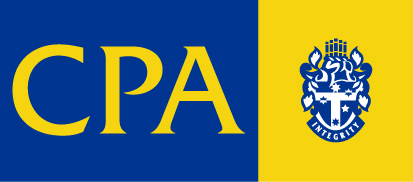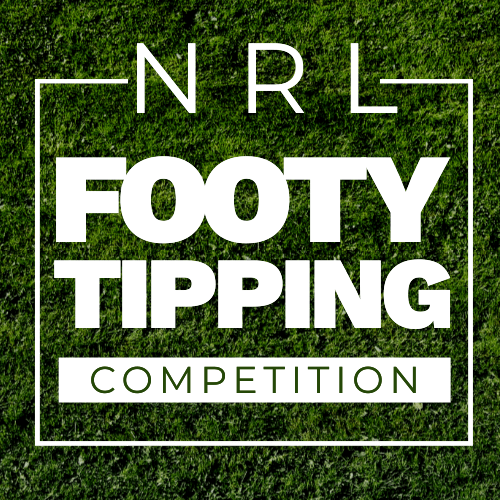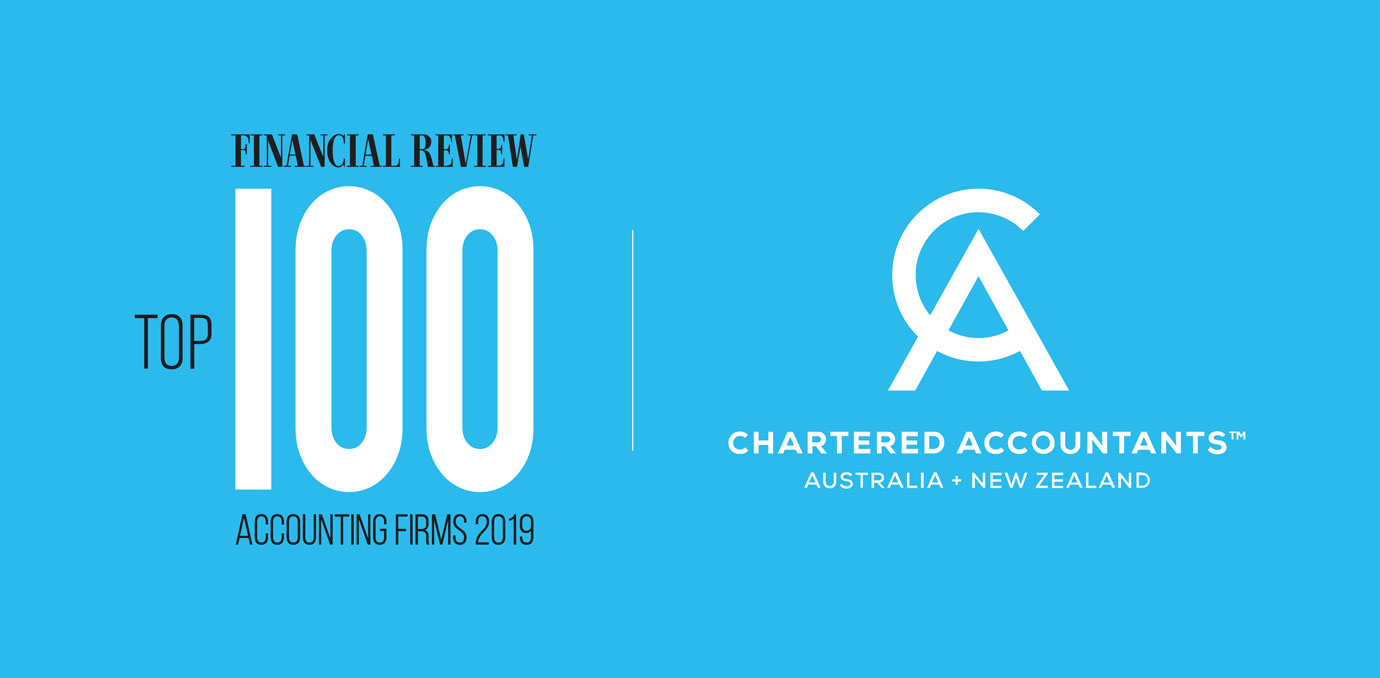How To Read A Balance Sheet
Rede – Gold Coast & Brisbane Accountants
You receive your annual financials from your local Gold Coast or Brisbane accountants. You read the profit and loss statement and glance at the mysterious balance sheet without knowing what it’s purpose is or what it means. Most people don’t understand the significance of the Balance Sheet and yet it is just as important as the profit and loss statement.
What is a Balance Sheet?
The object of the balance sheet is to list the assets and liabilities of the business. The resulting difference between assets and liabilities is known as either net assets or net liabilities. The difference also represents owners’ equity in the business (sometimes also known as proprietors equity or shareholders funds in the case of companies). The important thing is whether assets exceed liabilities or vice versa. In essence this represents the financial strength of a business.
What is an asset?
Practically, an asset is something you own, including items subject to finance. They are generally listed on the balance sheet at their acquisition cost to the business. Common examples include money in the bank, trade debtors, real estate, plant and equipment, stocks and inventories, goodwill and loans to other parties. Assets are typically listed in 3 categories.
Current assets are usually expected to be converted into cash within 12 months. For example, trade debtors will pay their outstanding debts and stocks and inventories will be sold within the next 12 months.
Non current assets are generally not expected to be converted into cash within the next 12 months. This does not mean this wont happen, only that it would be unusual if it did happen. Their purpose is to derive revenue for a business over an extended period of time. Examples include plant and equipment and real estate.
Intangible Assets have no physical presence but are of value to a business and contribute to the revenue earning power. For example, purchased goodwill, trademarks or patents.
What are liabilities?
These are obligations the business has to pay monies to other parties. Common examples include bank overdrafts, trade creditors, bank loans, income tax debts and GST debts. Liabilities are typically categorized as 2 types.
Current liabilities are liabilities expected to be paid in the next 12 months (the mirror opposite of current assets). Examples include bank overdraft and trade creditors.
Non Current liabilities are liabilities not expected to be paid in the next 12 months. These include longer term bank loans.
We previously noted the difference between assets and liabilities as significant. If assets exceed liabilities, the owner has a positive net asset position. In other words, he expects to be able to meet his liabilities as and when they fall due from the assets he owns. For example, if business assets are $1 million and liabilities total $800 000, net assets are $200 000.
If liabilities exceed assets, there is a net liability position and the business may struggle to meet its liabilities in a timely manner, if at all. This is an indicator of a business that may be in financial difficulty. For example, if assets total $800 000 and liabilities are $1 million, liabilities exceed assets by $200 000.
This is a basic snapshot of what a balance sheet is. It is a very important financial document that should be read carefully. Your Rede, Gold Coast & Brisbane accountants can explain more to you.
Book a FREE consultation with Rede Gold Coast & Brisbane accountants online here or by calling 1300 399 599.






